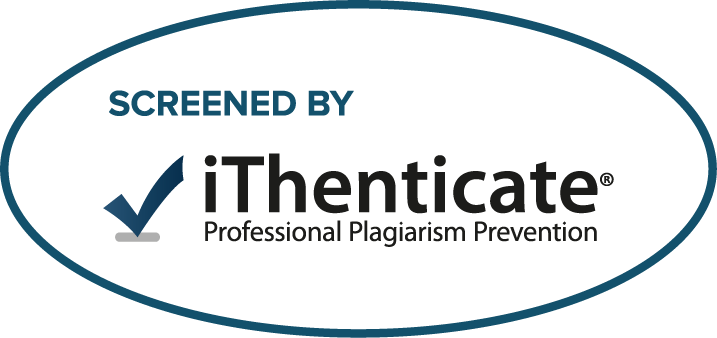Learning Needs Assessment and Preferred Instructional Methods among Nurses Participating in Continuous Professional Education.
Keywords:
Continuous Professional Education, Learning Needs Assessment, Instructional Methods, NursesAbstract
INTRODUCTION: Globally, the concept of continuing professional education (CPE) has been acknowledged by all professionals as a primary method for regular enhancement of basic professional education. In the clinical sector, when providing in service programs, learning needs assessment provides the basis for the design of effective educational programs. The purpose of the study was to examine the learning needs and preferred instructional method among nurses. Also, the significant difference of professional development learning needs, clinical skills learning needs and instructional method was measured in relations to sex and years of clinical experience.
METHOD: The study utilized descriptive research design. Convenient sampling was used to sample 120 nurses from selected hospitals in Laguna. A self constructed questionnaires were used as the instruments of the study. The statistical treatment used were mean, standard deviation, t-test, and ANOVA.
RESULTS: The study showed that highest priority of learning needs in terms of professional development was stress management. Emergency management was the highest priority perceived by the nurses in terms of clinical skills. The learning method most preferred by the nurses was the use of lectures. There was no significant difference in terms of professional development learning needs, clinical skills learning needs and instructional method when considering sex and years of clinical experience.
DISCUSSIONS AND RECOMMENDATION: The study recommends the nurse educator and managers of the selected hospitals to utilize learning needs assessment results to implement educational programs. It is further recommended that learning needs assessment should be an ongoing process involving other professional and clinical topics to promote better quality service.
Downloads
References
Chong, M. C., Francis, K., Cooper, S., & Abdullah, K. L. (2014). Current Continuing Professional Education Practice among Malaysian Nurses. Nursing Research and Practice, 2014, 1-6. doi:10.1155/2014/126748
Dyson, L., Hedgecock, B., Tomkins, S., & Cooke, G. (2009). Learning needs assessment for registered nurses in two large acute care hospitals in Urban New Zealand. Nurse Education Today, 29(8), 821-828. doi:10 1016/j.nedt.2009.04.007
Johnston-Hanson, K. S. (2012). Nursing Department Education Needs Assessment. Journal for Nurses in Staff Development, 28(5), 222–224.doi:10 1097/nnd.0b013e318269fdfe
Mangold, K., Kunze, K. L., Quinonez, M. M., Taylor, L. M., & Tenison, A. J. (2018). Learning Style Preferences of Practicing Nurses. Journal for Nurses in Professional Development, 34(4), 212-218. doi:10.1097/nnd.0000000000000462
Pilcher, J. (2016). Learning needs assessment: Not only for continuing education. Journal for Nurses in Professional Development, 32(4), 185-191. doi:10.1097/nnd.0000000000000281
Vagias, Wade M. (2006). “Likert-type scale response anchors. Clemson International Institute for Tourism & Research Development, Department of Parks, Recreation and Tourism Management. Clemson University
Downloads
Published
How to Cite
Issue
Section
License
Copyright © 2024 ISC Committee.















